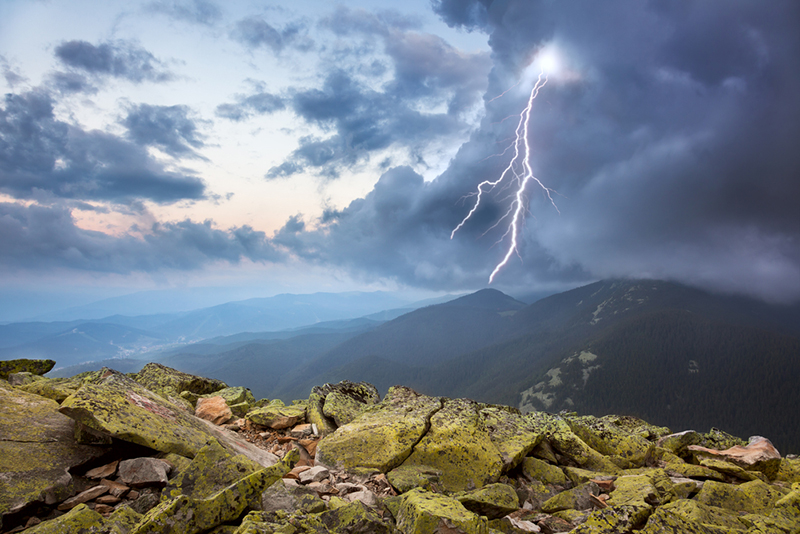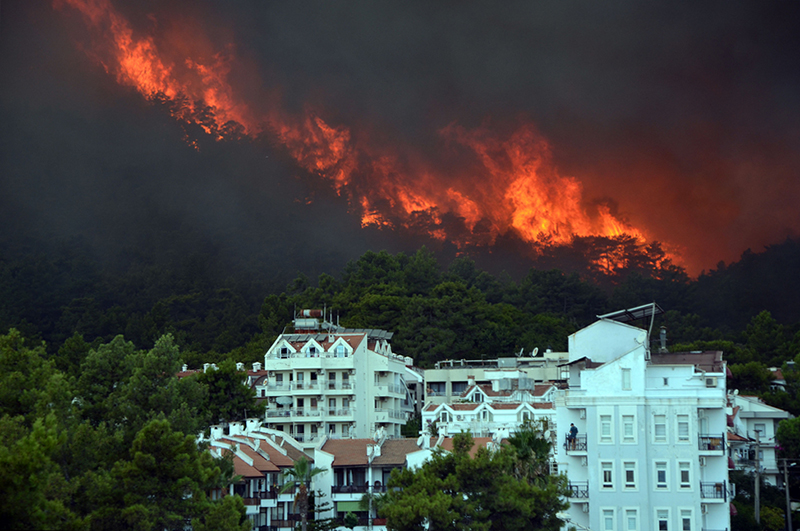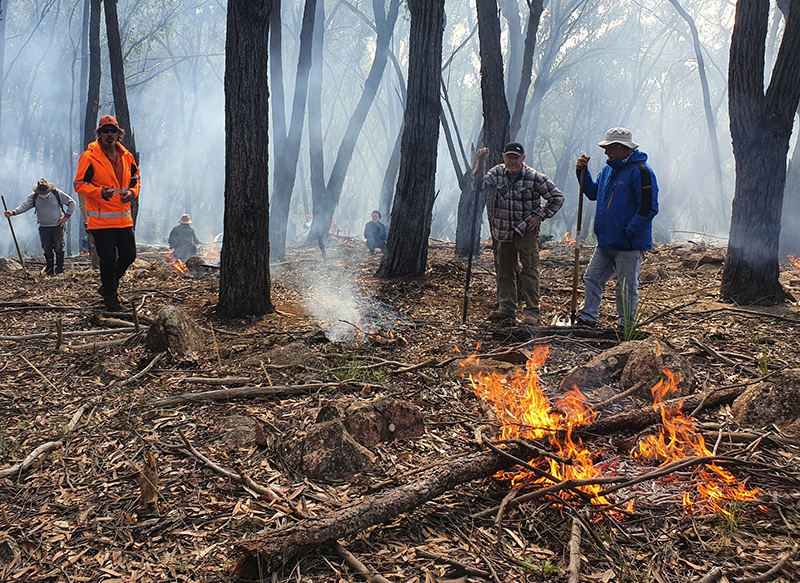In This Issue
By Amy Nelson
For roughly 420 million years, fire has nourished the soil, opened up forests to sunlight, eliminated threatening diseases and insects, facilitated the creation and renewal of habitat, and enabled certain plants to reproduce. Even when fire began to be used by hominins for their own needs, it remained a regenerative, life-sustaining force, and it has continued to be so for many Indigenous communities.

Yet today, many people likely associate the words “fire on the landscape,” with fear and dread. This is understandable. After all, in the first half of 2022 alone, massive megafires blazed across every continent save Antarctica. From Algeria to Argentina, Spain to South Korea, France to the Far East of Russia, headlines of “deadly” and “devastating” infernos consuming acres, communities, and lives have dominated news feeds. And the impacts of such megafires are not limited to the land. A few weeks ago, a study published in the journal Environmental Pollution showed that the fires of Australia’s 2019-2020 ‘Black Summer’ led to a dramatic increase in the concentration of nutrients and metals in surrounding estuaries, and earlier this summer, a transdisciplinary consortium of experts in marine and coastal systems named wildfires as one of 15 emerging threats to ocean biodiversity.

In our land use decisions, fire suppression policies, extinguishing of cultural fires, and shift from burning fuel found on the ground to incinerating fossil fuels, we humans have altered natural fire regimes and fueled conditions for increased wildfire. At the same time, a changing climate has brought drier conditions and more extreme weather. Has humanity’s altering of natural fire regimes forever tipped the force of fire to be destructive, or can it once again be primarily a force for renewal?

Join us as we examine the role of fire on the landscape and highlight the efforts of many who are working to safely return fire to the land in order to promote ecological integrity and prevent damaging, uncontrolled fires.
We begin with three experts. Fire historian and author, Dr. Stephen J. Pyne, helps us understand the history of fire on Earth, including humanity’s evolving relationship with it. Dr. Frank K. Lake, a U.S. Forest Service Research Ecologist with American Indian ancestry, provides unique insight into cultural fire and valuable advice on ways to support and collaborate with Indigenous communities in returning fire to the land.

We only have to look back as far as April of this year, when two prescribed burns merged and grew into the largest wildfire in New Mexico’s history, to understand that returning fire to the landscape comes with risk. Dr. Deborah Landau, a conservation ecologist with The Nature Conservancy, has been using fire to protect and restore ecosystems throughout the Maryland/DC region of the U.S. Having participated in well over 100 prescribed burns, she knows a thing or two about the risks, challenges, and joys of bringing fire back to ecosystems that evolved with it.

Biohabitats Senior Landscape Ecological Planner/Designer Jennifer Dowdell was doing an artist’s residency in New South Wales when Australia’s Black Summer fires erupted. She writes about those fires and the importance of revisiting Indigenous practices that can help prevent such conflagrations in Aboriginal Cultural Burning in Australia: Reflections after the Black Summer Fires.

As a graduate student, Biohabitats Landscape Architect Sarai Carter helped initiate prescribed burn on a property owned by the University of Virginia. We are delighted to share an article about that work, Burned Again: Landscape Architecture Students Torch Field to Restore Habitat, which originally appeared in UVA Today.

In the U.S., no animal is more universally associated with forest fire prevention than Smokey Bear, but when it comes to more appropriate fire management, there is a new icon in town. It’s time to Bear in Mind the Beaver.

Fire can be a consuming subject in film and literature, and we examine works in both categories. Biohabitats Senior Ecologist Joe Berg reviews the book Painting the Landscape with Fire: Longleaf Pines and Fire Ecology by Den Latham, and I review the award-winning documentary WILDER THAN WILD: Fire, Forests, and the Future by filmmakers Kevin White and Stephen Most.
I also share my experience Witnessing Regeneration on a visit to Maryland’s Nassawango Creek Preserve, which The Nature Conservancy has been managing with prescribed burns since 2008.

Other Biohabitats team members reflect on their experiences with wildland fire. Biohabitats’ Senior Engineering Technician, Olin Christy, talks about what it is like to be an ecological practitioner who also serves as the Chief of a local volunteer fire department in a fire-prone region of New Mexico. Project Designer, Shayla Woodhouse, chose painting as a way to reflect on her experience with wildfire as a child.
We provide loads of fire-related links and resources, including a glossary of useful terms. We also share the latest news about Biohabitats Projects, Places and People.

In putting together this issue of Leaf Litter, I learned so much. Unlike most of my colleagues at Biohabitats, I am not a scientist. The subject of fire-let alone its role in ecology-was never even touched upon in my education. It is easy, then, for me to understand why so many people are unaware of the benefits of fire on the landscape. What many people know about the topic may come mainly from those scary headlines. So, if you find this issue informative, I hope you’ll share it with others both within and outside of the conservation and restoration community.
Thank you!

